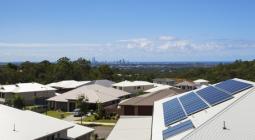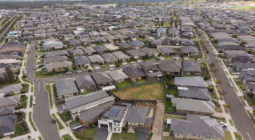The ‘climate safe rooms’ keeping low-income Australians cool during heatwaves
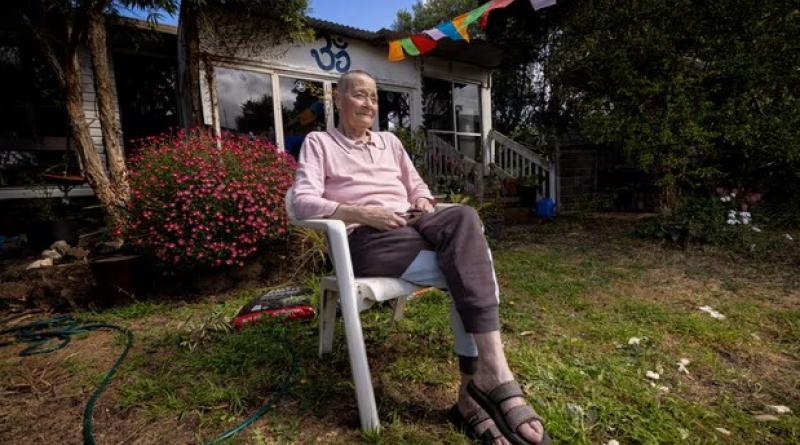
Advocates say Geelong Sustainability pilot to retrofit homes could be expanded to prevent number of extreme heat-related deaths
When Deb McDonald’s home would get unbearably hot, she relied upon two strategies to keep cool: placing two frozen water bottles in front of a fan and becoming a “blob”.
“On hot days I can’t do much,” says the 68-year-old pensioner, who suffers from chronic lung disease. “I just sit there and read a bit or watch a bit of telly, things that don’t take any effort. When you’ve got an illness like this you feel useless.”
That changed when someone from the council knocked on her door in the Victorian coastal town of Saint Leonards two years ago. They were from a local community group called Geelong Sustainability and offered a solution: a “climate safe room”.
It involved retrofitting a room in her home, alongside 15 other low-income households who had health vulnerabilities, to protect them from extreme weather. The group installed draught proofing, insulation, an efficient reverse-cycle air conditioner and solar panels to reduce the energy bill so it was not drawing energy from a source that made the climate crisis worse.
“Honestly, I don’t know where I’d be without it,” says McDonald. “I call myself Goldilocks because everything has to be just right, and when it’s not it really affects my breathing.”
With extreme heat being a bigger killer in Australia than all other extreme weather events combined, advocates say the concept of climate safe rooms for Australia’s most vulnerable should be scaled up.
“Government needs to be taking up this challenge of making sure our most vulnerable are protected in their homes during heatwaves,” Emma Bacon of the advocacy organisation Sweltering Cities says. “People shouldn’t die during heatwaves in Australia because they’re poor.”
Daniel Cowdell, the chief executive of Geelong Sustainability, says the impetus for the project came from a staggering realisation of how deadly extreme weather is in Australia. According to a 2022 study from the Australian National University, from 2006 to 2017 over 36,000 deaths were associated with heat.
The Geelong Sustainability pilot project was made possible after a successful bid for funding from the Victorian government. It found the participants encountered 75% fewer days where they experienced discomfort from heat and 142% fewer days where they felt cold. They also reported improved mental and physical wellbeing, increased activity in their home and fewer trips to the doctor.
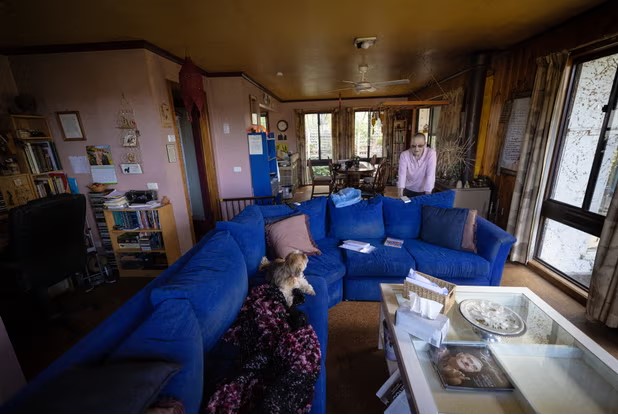
Cowdell says the goal was also make sure if they had an air-conditioner, they could afford to use it.
“People shouldn’t have to choose between their finances or their health,” Cowdell says.
McDonald, who chose her loungeroom to be her climate safe room, says last summer her bill energy bill was $114 and the summer before it was $25.
Cowdell, who wants to scale up the project to 1,000 homes, says governments could save money the public health system money by retrofitting homes.
Dr Kate Wylie, a general practitioner and executive director with Doctors for the Environment Australia, agrees.
“Whenever there is a heatwave, ED is swamped,” she says. “We’re at a point now where we are talking about global boiling so we need to be coming up with sensible programs for people who are going to be most vulnerable to that.
“Obviously the government needs to be thinking about mitigation, but it also needs to be thinking how we can adapt and that includes keeping people safe in their homes.”
According to a heat survey conducted by the Australia Council of Social Service (Acoss) released in January, low-income households are most affected by heatwaves because they lack access to energy efficient homes.
Of those surveyed, 62% said they struggled to keep their homes cool during summer, and 43% said they faced a barrier to leaving their home for a cooler place. Almost 90% said the high temperatures negatively affect their health.
Acoss called on the state and federal government to mandate minimum energy efficiency standards in rental properties and to invest in a retrofit program to improve the energy efficiency of low-income housing.
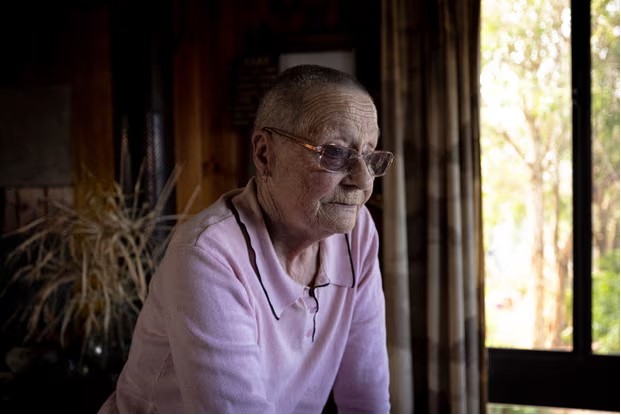
Bacon says governments investing in retrofitting people’s homes is important, but argues it’s one part of a puzzle that also requires minimum coolings standards for rentals and better planning controls for new buildings. She says governments must do more to curb the heat island effect experienced in Sydney and Melbourne’s western suburbs.
“We see this big risk between people who can afford upgrades yet live in cooler suburbs and those can’t afford to make upgrades and also live in hot suburbs,” she says.
As she looks ahead to a summer forecasted to be sweltering, McDonald says she feels grateful she’ll be safe in her home.
“But it also brings to mind people like [me who were] in desperate need of help,” she says.
Photograph: Nadir Kinani/The Guardian - Deb McDonald lives with chronic lung disease. She was fortunate to have had her home retrofitted by a community group for free so she had cooling and heating in her home.


